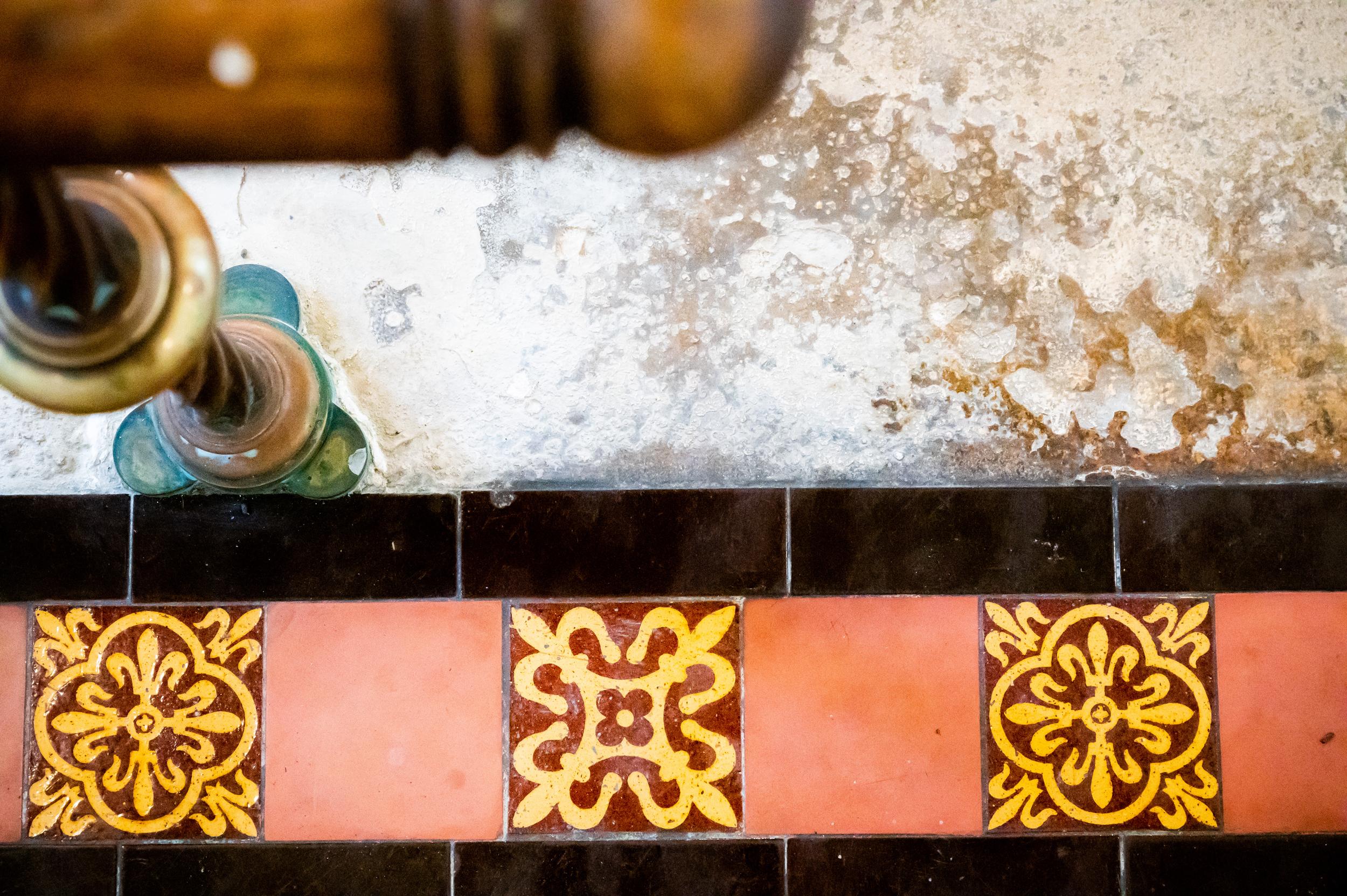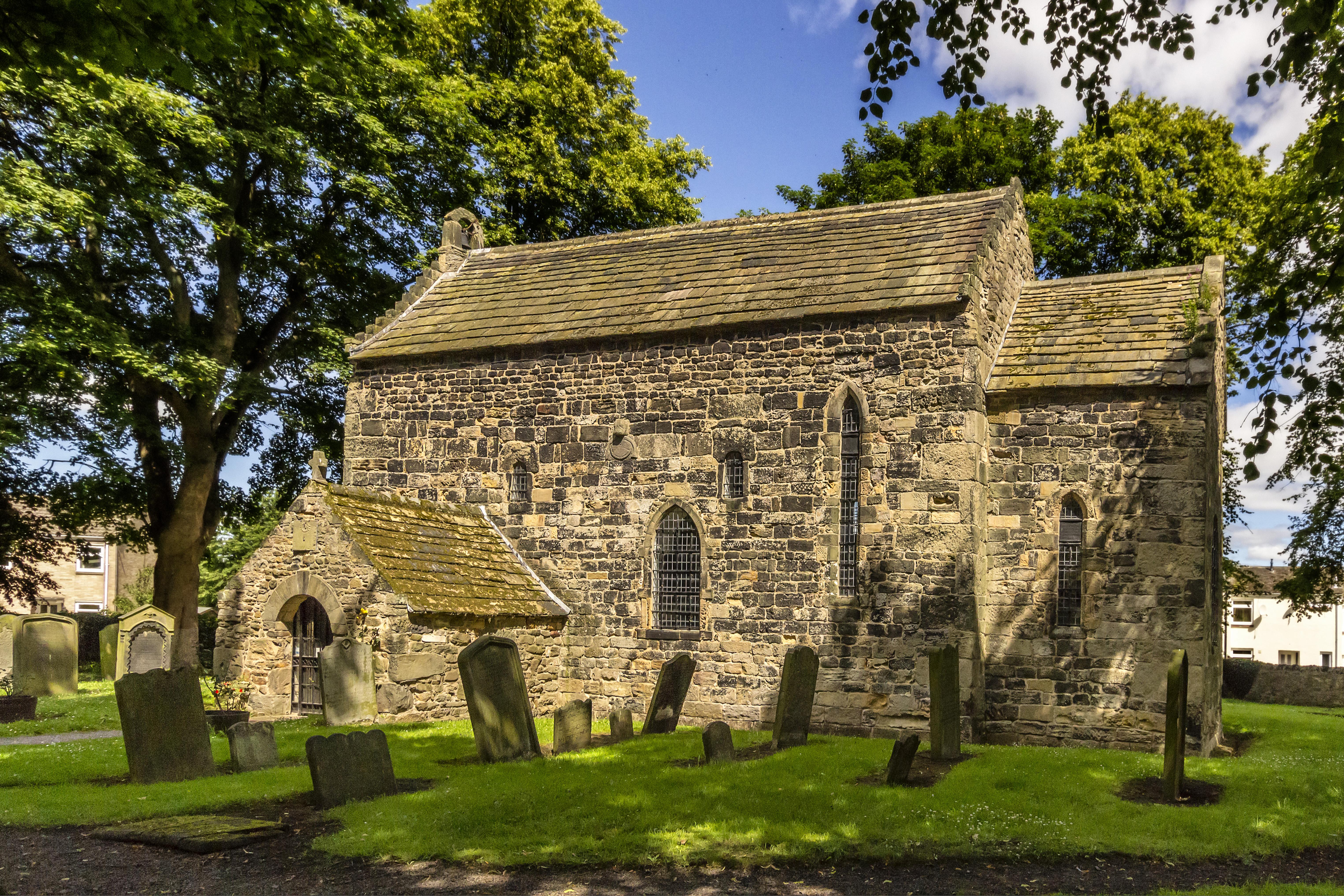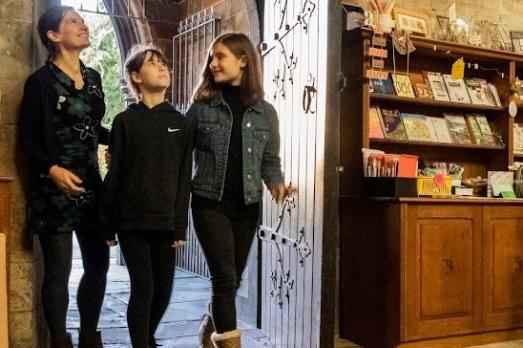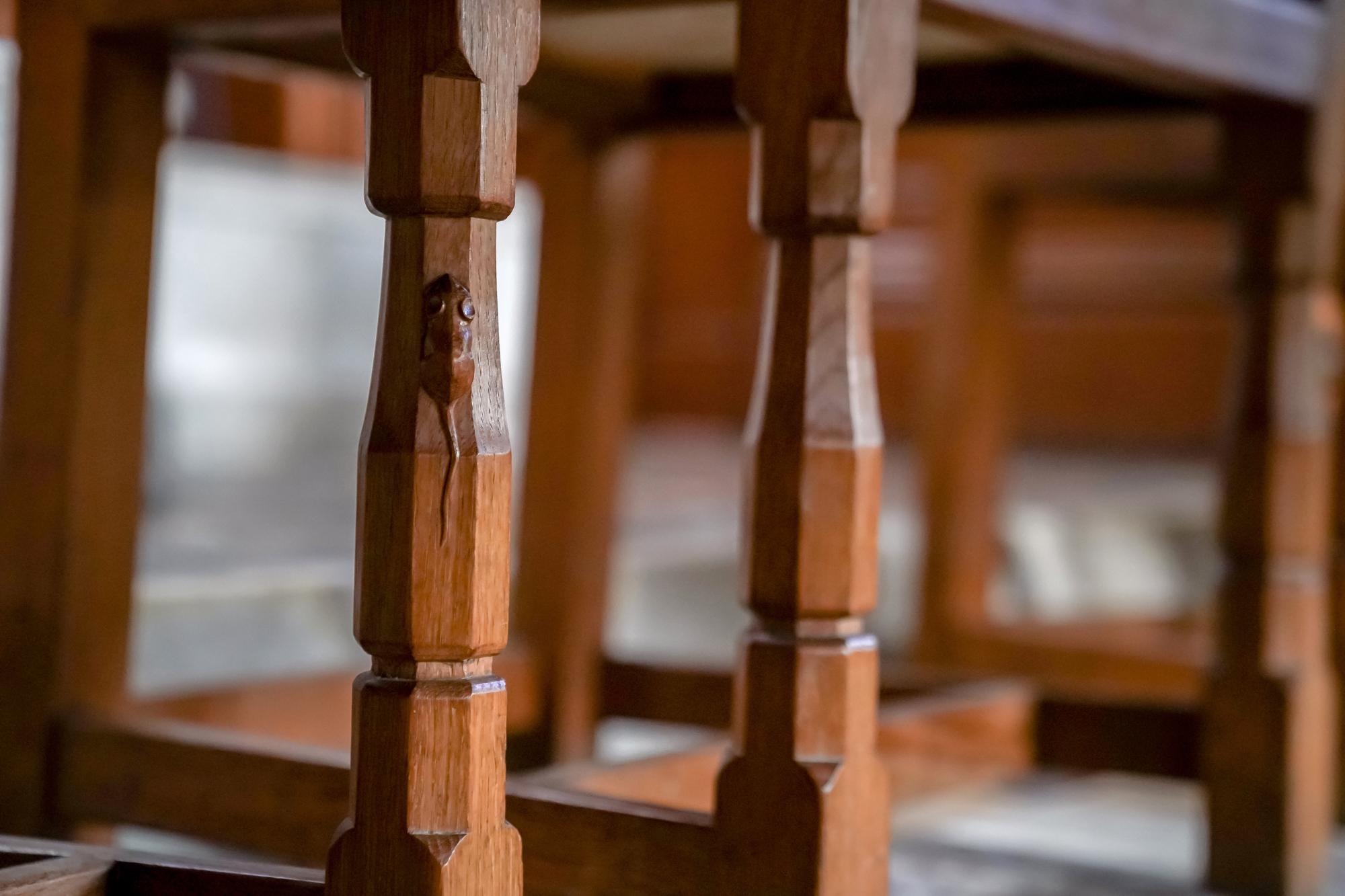
Step into history
It is said that all architecture has its origins in religion.
Most of the oldest structures erected by man are interpreted as being places of burial and as holy places.
The first hunter/gatherers set up large standing stones as they roamed the countryside, even though they had no permanent dwellings. With agriculture came the need for permanent homes. Sacred areas were surrounded by stone circles.
When the first permanent dwellings were built by humans, they built even more substantial homes for their gods. With the coming of Christianity and permanent churches, the same principal applied. The splendid medieval churches we now see were originally surrounded by crude wood and thatch dwellings.
An ancient parish church has usually undergone a series of redevelopments through the centuries, to take account of new architectural styles, growing congregations and necessary repairs. The evolution of old churches can be estimated from the style of arches, doorways and windows, as these features were most commonly changed.
The main architectural styles are Saxon (597-1066); Norman (1066-1200); Early English (c1200-1290); Decorated (c1290-1350); and Perpendicular (c1350-1530).
The oldest surviving parish church in England is St Martin in Canterbury, and dates to about 590AD.
Since the 1500s, the principal parts of an ancient church have usually remained basically unaltered. Stonework weathered over the centuries may have been replaced, and in some cases vestries have been attached, but essentially the structure is the same.

Hodgsonge
Saxon : 597-1066
Characterised by semicircular arches over doors and windows. Doorways are usually tall and narrow. Windows usually have small external openings but are deeply splayed through to the inside. Walls are usually no more than 2’6” thick. Herringbone style stonework can be found in the late Saxon / early Norman period.
Norman : 1066-1200
Has been described as powerful and masculine. It is has semicircular arches, deeply recessed doorways, thick walls, massive round pillars, and ornaments such as zigzag moulding and bird & animal forms.
Early English: 1200-1290
Nothing quite like this style exists anywhere else. It marks the beginning of the three Gothic periods; Early English, Decorated and Perpendicular. Rounded arches gave way to lighter, pointed arches in windows, doorways and arcades.
Perpendicular: 1350-1530
This style has been termed the architecture of vertical lines. Intricate shapes gave way to more regular and rectangular shapes, which somewhat resemble a gridiron.

Spotters guide
Churches are literally 'treasure houses' of history. Learn what to look for, discover the meaning behind objects and architectural features and uncover their historical significance.
Take our spotters guide with you
